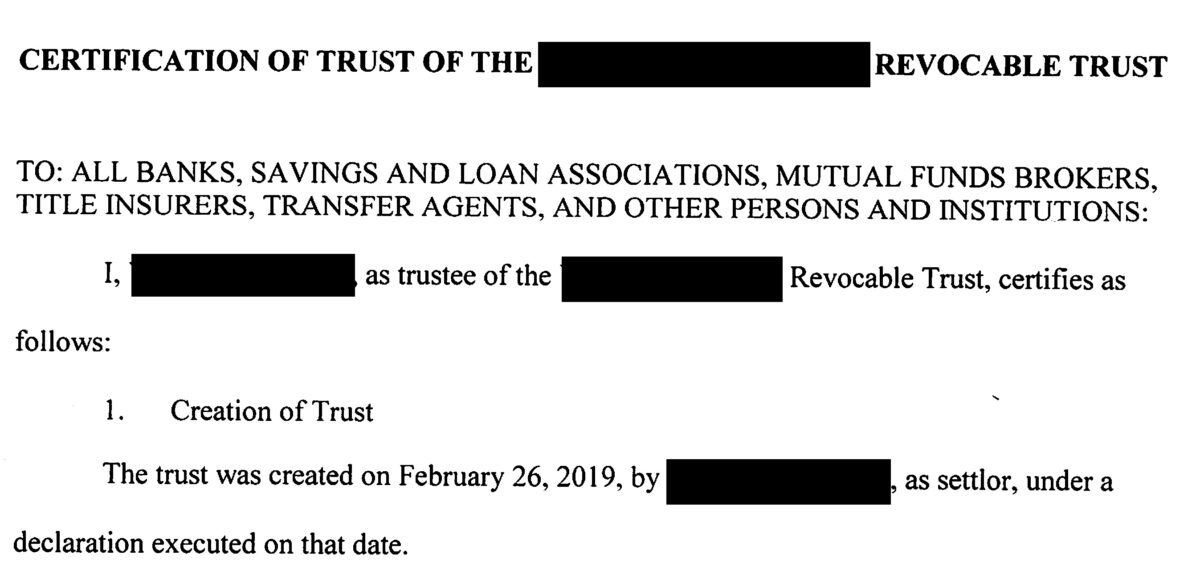Re-financing Real Property has increased lately due to low interest rates.
Sometimes a borrower will need to add a third party in order to qualify for the loan.
This could be parent or other third party (e.g. brother, uncle, or in-law).
If the co-signor is not an exempt spouse or child, the borrower risks a partial property tax increase.
It is well advised to consult an attorney to confirm whether the situation possess a risk of tax re-assessment.
Under the right circumstances, the attorney can help the borrower avoid any tax increase, even if the co-signor is a non-exempt individual, such as a parent or grand parent.
For more information, please contact the Law Offices of Hanlen J. Chang.





